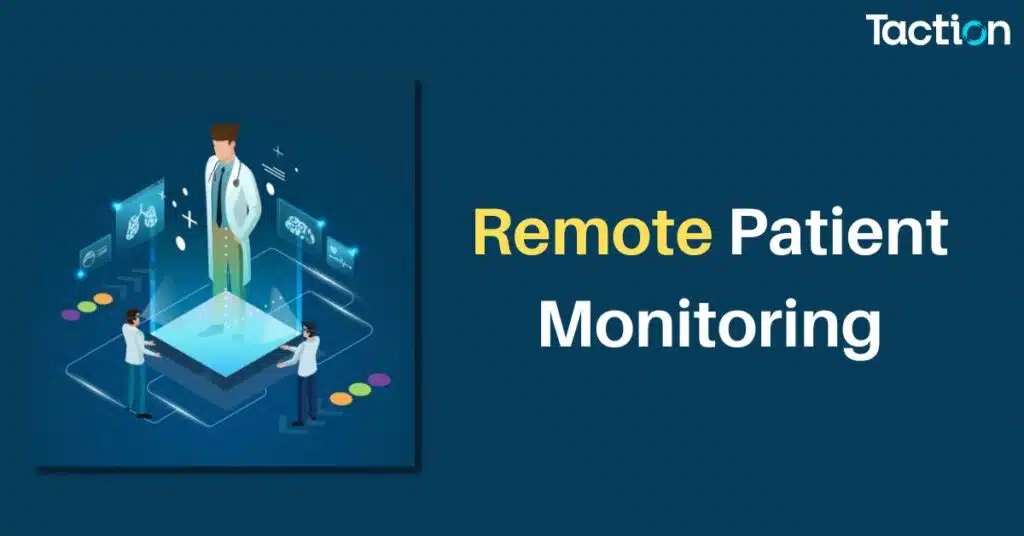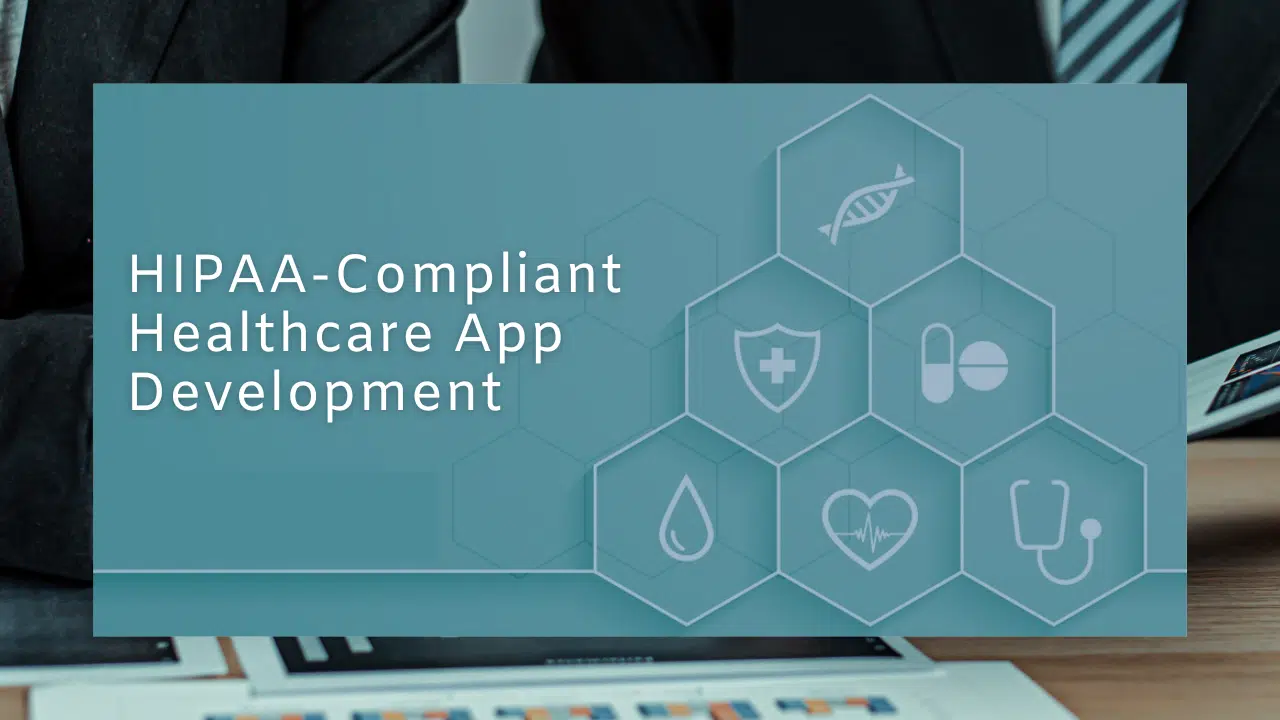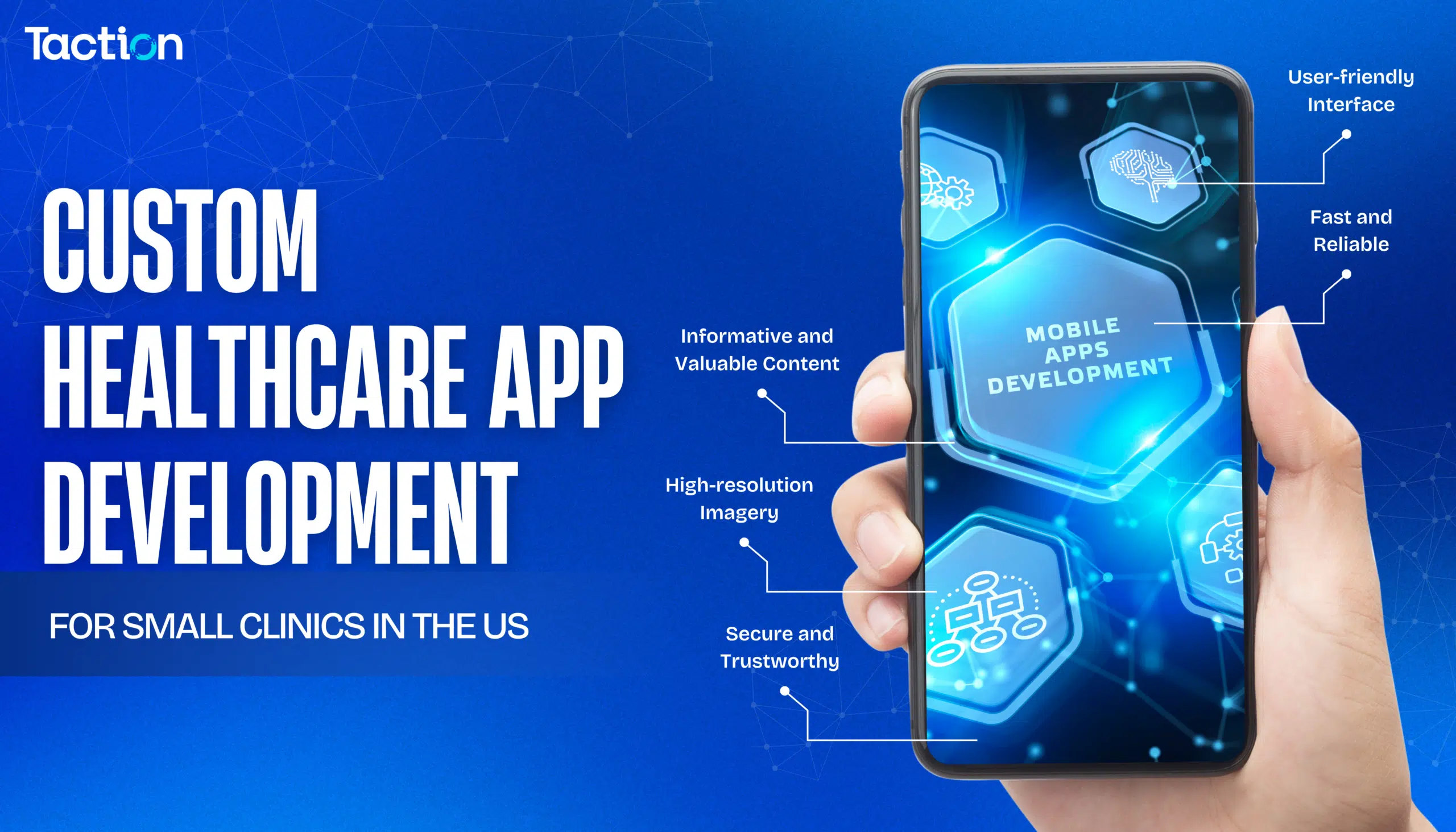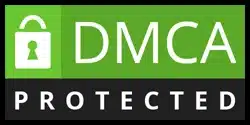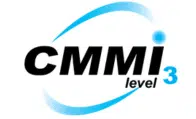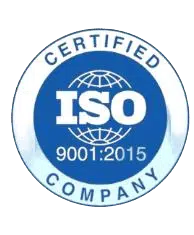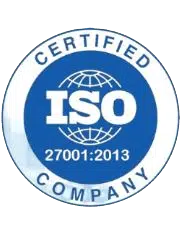Remote Patient Monitoring (RPM)- Benefits and Work Process

What could be better than tracking your health without visiting a doctor? RPM is a super smart technology that lets you do so. This means you won’t have to be physically present in a clinic to check your health. Evidently, RPM is beneficial for both patients and healthcare providers.
Let’s talk about RPM, its working process, and its benefits in detail in this blog.
What is Remote Patient Monitoring (RPM)?
Remote Patient Monitoring (RPM) isn’t a brand-new way of taking care of people, but it’s changing quickly, mainly because of COVID-19. This means there’s a stronger push to make sure more people can get the care they need, no matter where they are.
RPM uses special electronic tools that connect to keep track of your health information. This information gets sent to a healthcare provider who isn’t in the same place as you. They look at this info to see how you’re doing. Sometimes they check it right away, and sometimes a bit later.
RPM is getting more popular for all sorts of health problems, like diabetes, high blood pressure, and even COVID-19. Important rules from a government agency called the Centers for Medicare and Medicaid Services are making RPM even more common. This shows that RPM is becoming a big part of how care is given.
What’s The Main Deal With RPM?
RPM can help with long-term and short-term problems. Suppose you have a condition that needs regular check-ups, like diabetes. Remote patient monitoring software lets your doctor keep an eye on you between your visits.
They get to see if anything needs to change to make you healthier. This works for other ongoing problems like heart issues, asthma, and mental health conditions. It’s also useful for long COVID, which is when people have lasting symptoms after getting better from COVID-19.
Different tools like scales, heart rate monitors, and blood pressure gadgets are used to do RPM. There are even special tools for diseases like dementia and Parkinson’s. Some people also use wearable devices that you can wear, like smartwatches or gadgets that track your blood sugar.
People really like wearables, and it’s estimated that a lot of them will be used around the world. In 2022, about 320 million of these health devices might be used, and by 2024, it could be as many as 440 million.
But RPM isn’t just for long-term problems. It can also help with urgent situations. Some hospitals are letting patients get treated at home using RPM. This includes things like tests and treatments you’d normally get in the hospital. Even though you’re at home, a team of healthcare folks keeps checking your health numbers and talks to you over video to make sure you’re okay.
Even after you leave the hospital, RPM can still help. Let’s say you had a surgery and went back home.
Get a Free Remote Patient Monitoring Software Consultation
How Does Remote Patient Monitoring Work?
Remote Patient Monitoring is a way for doctors to keep track of your health using technology while you’re at home. Here’s a step-by-step explanation of how it works:
Step 1: Collection
It all starts with a device that’s set up at your home. This device collects information about your health, like your heart rate, blood pressure, and other important details.
Think of it as a digital health check-up. The device does this on a regular basis, and the data it gathers is important for your doctor.
Step 2: Transmission
Once the device has collected your health data, it’s time to send that information to your doctor. This is done using technology like the internet, your phone, or other communication methods. The data is sent securely so that only your doctor can see it.
Step 3: Evaluation
When your doctor receives the data, they take a close look at it. They might use special remote patient monitoring software to analyze the information and spot any unusual or concerning patterns. They compare this data to what’s normal for you and your health condition.
Step 4: Notification
If something in the data raises a red flag, your doctor will be alerted. They’ll decide if immediate action is needed. For example, if your heart rate suddenly goes too high or too low, the doctor will know and can take steps to help you.
Step 5: Action
If the situation is serious, your doctor might send help right away. They could contact emergency responders to come to your location. This rapid response can be crucial in critical situations.
Step 6: Communication
Even if there’s no urgent issue, your doctor might still reach out to you. They could give you advice based on the data they’ve seen. This might involve changes to your medications, daily routines, or other aspects of your health management.
Types of RPM Devices
Here are seven common RPM devices:

Bluetooth Blood Pressure Cuffs
These are like regular blood pressure cuffs which send your blood pressure info to your doctor in real-time. This helps manage things like high blood pressure, diabetes, and heart problems.
Glucometer
This little device checks your blood sugar levels with just a tiny drop of blood. It tells your doctor how your diabetes is. Therefore, it helps you adjust your treatment plan based on your eating, exercise, and more.
Pulse Oximeter
This small clip goes on your finger or earlobe to measure how much oxygen is in your blood. It’s painless and helps doctors see if your heart and lungs are working well. It’s really useful for people with heart or lung issues, as well as those who might have COVID-19, asthma, or pneumonia.
ECG + Digital Stethoscope
Doctors use these to check your heart and lungs. New devices like the Eko DUO combine both tools and send the readings to your doctor. This helps them catch any problems early, even if you’re at home.
Wearables (Activity Tracking and Continuous Monitoring)
Wearables are devices you wear on your body, like Fitbits or SmartWatches. They help doctors understand how your daily life affects your health.
There are two types: Activity Trackers, which check your movement, heart rate, and sleep; and Continuous Monitoring Devices, like patches or stickers, which track things like heart rate, blood pressure, glucose levels, weight, and stress.
Thermometer
Thermometers measure body temperature and help doctors know if you’re sick. They come in different types, like ones that scan your forehead or go under your tongue. Some even send your temperature to the doctor using Bluetooth.
Scale
Bluetooth scales connect to your phone and help you manage your weight. This is important for obesity, stroke, diabetes, and heart disease.
Benefits of Remote Patient Monitoring
Remote patient monitoring (RPM) has following advantages to both patients and healthcare providers.
A Clearer Picture of Patient Health
Patients might not always express how they feel accurately. They might hold back important symptoms or information during visits.
RPM provides a solution by automatically sending patient data to electronic records. This way, doctors have a broader view of their health trends, even before they visit the clinic. It means doctors can discuss solutions during appointments instead of spending time gathering data.
For instance, a smart blood pressure cuff sends real-time readings to your care team. When patients measure their blood pressure, the data is uploaded automatically.
This helps doctors understand the patient’s health trends without any extra effort from the patient.
Empowering Patients
RPM lets patients control their health by giving them access to their health data. Often, patients don’t see the whole picture of their health.
They might visit a doctor, get advice, and continue with their lives without understanding how their choices affect their health. RPM changes this.
Patients can see their health data, identify trends, and understand how their actions impact their health. This encourages them to make healthier lifestyle choices, leading to reduced risks.
For example, continuous glucose monitors allow diabetes patients to track their blood sugar levels continuously. This helps them make informed decisions about their diet and lifestyle in real-time.
Enhanced Patient Retention and Attraction
RPM attracts and retains patients. A survey revealed that the majority of patients with chronic conditions are interested in remote patient monitoring.
The trend is growing, with an estimated 30 million U.S. patients using RPM tools by 2024.
Healthcare organizations that offer RPM gain a competitive edge, attracting new patients and retaining existing ones who value the opportunity to take charge of their health.
Advancing Towards Digital Healthcare
COVID-19 accelerated the adoption of digital healthcare. Patients now expect telehealth options, and RPM aligns perfectly with this shift.
With RPM, healthcare practices cater to this demand for virtual healthcare experiences. RPM, along with telehealth and telemedicine, create a comprehensive solution for holistic virtual care, meeting patients’ evolving needs.
Part of Value-Based Care
RPM supports value-based care, a healthcare approach that focuses on providing comprehensive care with minimal visits.
By offering timely interventions and personalized care through RPM, healthcare providers contribute to value-based care’s goals of efficient, effective, and patient-centered healthcare delivery.
Reducing Healthcare Costs
RPM has the potential to decrease healthcare costs significantly. By preventing unnecessary emergency department visits, hospital admissions, and readmissions, RPM helps cut down on avoidable healthcare expenses.
It allows for earlier intervention and acute care at home, reducing the need for costly inpatient services. This saves money for both patients and healthcare systems and eases the financial burden on payors.
Supporting Remote Care Teams
RPM extends its benefits to remote care teams, enabling healthcare professionals to work together efficiently.
Specialists can easily access patient data and collaborate with primary care providers to make informed decisions. This multidisciplinary approach ensures that patients receive comprehensive and coordinated care, even when different providers are involved.
Facilitating Clinical Research
RPM generates a wealth of data that can contribute to clinical research and medical advancements. Aggregated data from various patients can help researchers identify patterns, test hypotheses, and gain insights into the effectiveness of different interventions.
This valuable information can lead to the development of more targeted treatments and improved healthcare practices.

